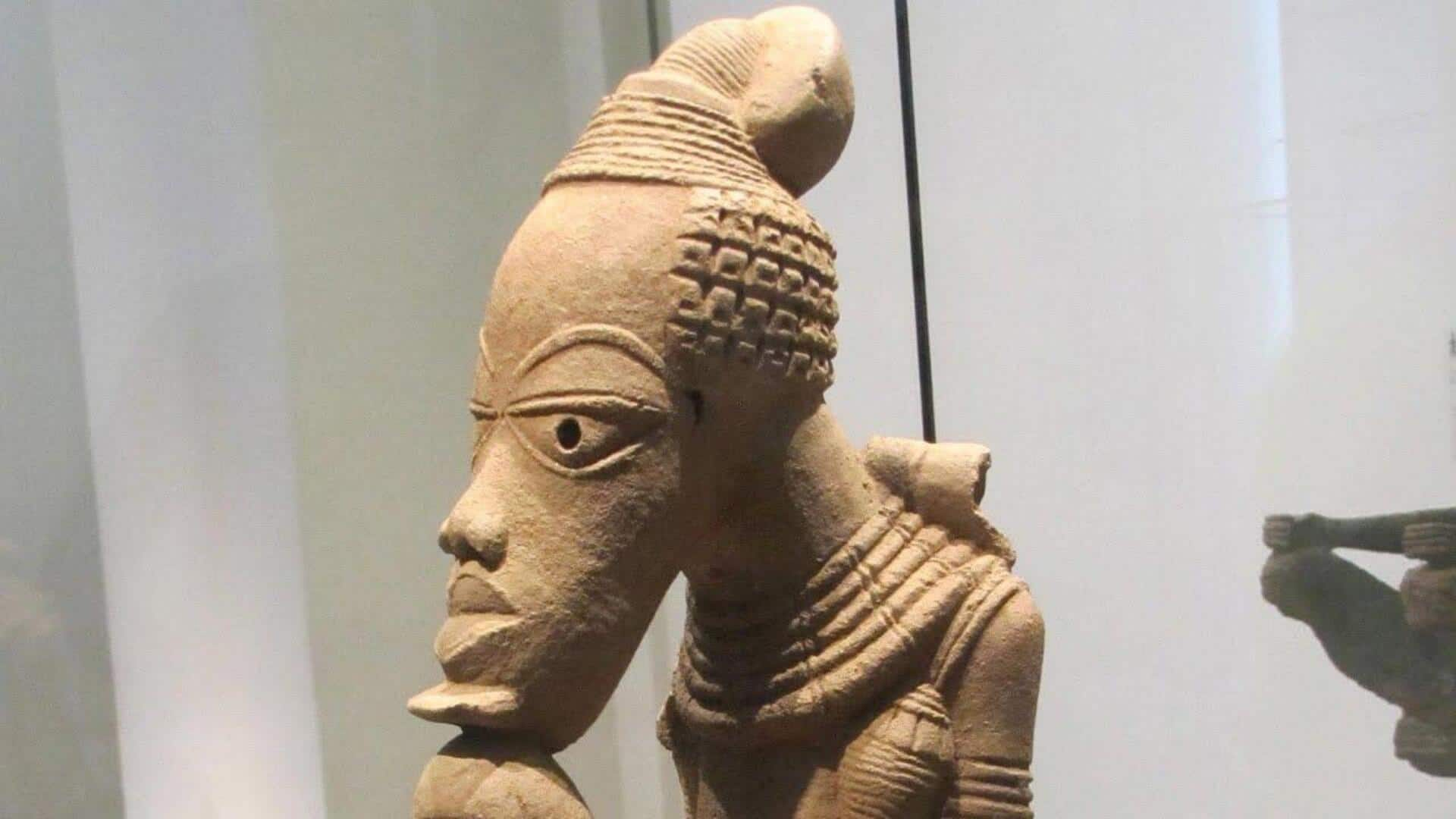
Exploring the legacy of Nok terracotta sculptures
What's the story
The Nok culture of Nigeria, which dates back to 1000 BC, is famous for its unique terracotta sculptures. These ancient artifacts provide a glimpse into the artistic and cultural practices of one of Africa's earliest civilizations. The sculptures are famous for their distinctive features and intricate details, giving an insight into the social and spiritual life of the time. Exploring these artifacts gives us a glimpse into the rich heritage of Nigeria.
#1
Distinctive features of Nok sculptures
Nok sculptures are characterized by their large heads, almond-shaped eyes, and elongated bodies. The figures often depict humans and animals, showcasing a high level of craftsmanship. The use of terracotta allowed artisans to create durable pieces that have withstood the test of time. These sculptures reflect both aesthetic values and societal norms of the Nok people.
#2
Techniques used in sculpture making
The creation of Nok sculptures involved several techniques, including coiling and pinching methods to shape the clay. Artisans would then use tools to carve intricate designs onto the surface before firing them in kilns. This process ensured that each piece was not only visually appealing but also structurally sound.
#3
Cultural significance of Nok artifacts
Nok artifacts hold immense cultural significance as they provide insights into the spiritual beliefs and social structures of their time. Many scholars believe that these sculptures were used in rituals or as status symbols within communities. Their discovery has helped historians piece together aspects of ancient Nigerian life.
#4
Preservation efforts for Nok heritage
Preserving Nok heritage is critical to keeping this part of history alive for future generations. Archaeological sites are protected by Nigerian authorities, and international collaborations help in conservation efforts. These initiatives ensure that these priceless artifacts continue to be a source of study and admiration for generations to come.